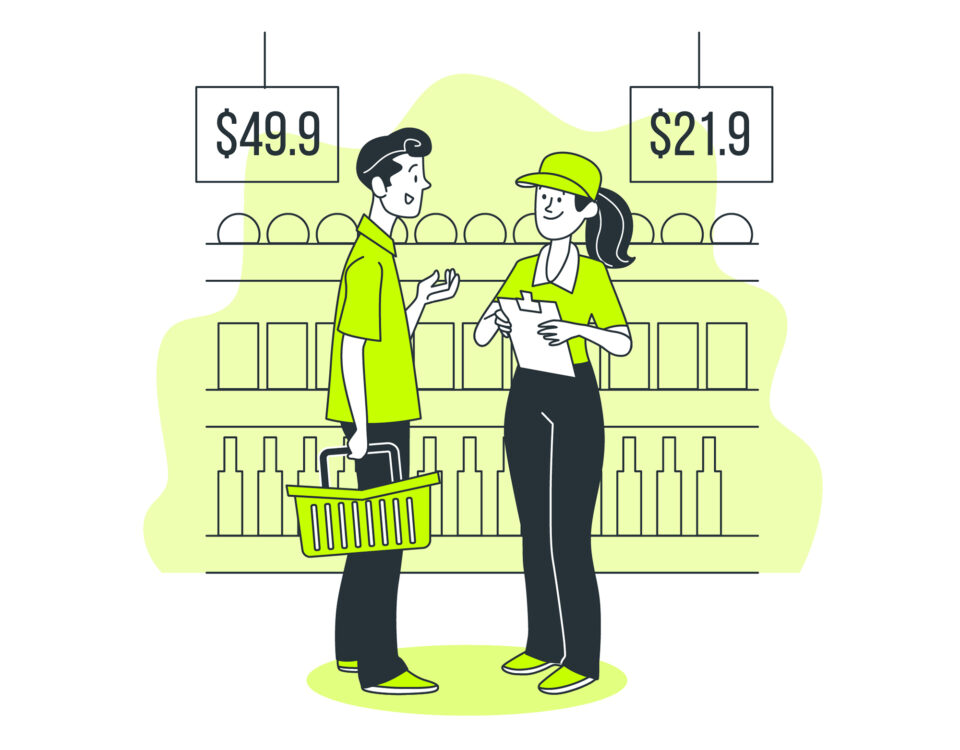
A Comprehensive Guide to Launching Products in Online Communities
September 2, 2024How I Align Buyer and Seller Perspectives for Maximum Impact
Struggling to Align Your Sales and Marketing Teams with Buyer Behavior? You’re Not Alone—Here’s How to Fix It.
The B2B buying journey is complex. Sellers push for quick conversions, while buyers move at their own pace, leading to a critical misalignment that results in missed opportunities, wasted resources, and lost revenue. CMOs and marketing leaders need to shift their strategies to address these gaps, transforming the buyer-seller relationship into a seamless, value-driven process.
In this blog, we'll explore three essential strategies to bridge this gap, how top brands are successfully aligning their sales and marketing efforts, and what mistakes you should avoid ensuring your team is always in sync with buyer intent.
The Problem: Why Buyer and Seller Perspectives Don’t Align
Buyer Behavior vs. Seller Expectations
Most B2B marketers assume their primary job is to generate leads and move them down the sales funnel as quickly as possible. However, according to research from the Ehrenberg-Bass Institute, only 5% of B2B buyers are in-market at any given time. This means the majority of potential buyers (95%) are not actively seeking solutions, but sellers are still pushing for immediate conversions. This fundamental disconnect creates friction between marketing and sales efforts.
Here are the primary reasons for this misalignment:
- Buyers take their time, researching thoroughly before making decisions.
- Sellers are under pressure to hit short-term KPIs and push for quick deals.
- Misaligned expectations on what content and engagement should look like at different stages of the funnel.
Without a strategic approach, this disconnect leaves both buyers and sellers frustrated.
The True Cost of Misalignment
Let’s break down the actual cost of not aligning your sales and marketing teams:
-
Wasted Resources: Gartner reports that 60% of marketing content goes unused because it’s irrelevant to the buyer's current needs. Think about the resources spent creating content that never resonates or gets consumed.
-
Longer Sales Cycles: According to Forrester, 77% of B2B buyers feel that their purchase process takes too long because of misaligned expectations and over-complicated messaging.
-
Lost Revenue Opportunities: HubSpot’s data shows that 79% of marketing-qualified leads (MQLs) never convert to actual sales because they weren’t properly nurtured through the buyer journey.
These stats underscore the importance of strategic alignment. So, how do you solve it?
Strategies to Align Buyer and Seller Perspectives
The key to fixing this disconnect is alignment around buyer intent and timing. Here's how you can make sure both your marketing and sales efforts are working together for maximum impact:
Intent-Based Content Strategy: Give Buyers What They Need When They Need It
In the past, B2B marketing was about pushing content to as many prospects as possible. Today, it’s about being precise—targeting the right content to the right buyer at the right stage.
Don’t Do:
Avoid sending generic, irrelevant content like company brochures or product catalogs that don’t address the buyer’s immediate needs. This approach will only push them further away.
Start Doing:
- Use intent-based content strategies that focus on real-time data—what your buyers are looking at, engaging with, and responding to.
- Create personalized content for every stage of the buyer’s journey—whether they’re just beginning research or making final comparisons.
Real-World Example:
Drift, a conversational marketing platform, saw a 15% increase in sales leads when they aligned their content with user intent. By creating specific content for users engaging with their chatbot or visiting key product pages, Drift ensured their prospects received relevant information based on real-time behaviors [source: Drift]
Tailored Communication: Speak to the Buyer’s Specific Pain Points
While it may seem like buyers want to hear about product features, the reality is they care more about how those features solve their problems. Personalization isn’t just a nice-to-have anymore—it’s a must.
Don’t Do:
Avoid sending product-heavy messaging to every lead in your CRM. Not every buyer wants to hear about your product; some just want to solve a pain point.
Start Doing:
- Focus on value-driven, personalized communication that addresses specific buyer pain points.
- Use data to segment your leads into smaller groups based on their behavior, industry, or stage in the buyer’s journey, and tailor your communication to each segment.
Real-World Example:
Intercom implemented a strategy that combined behavioral data with tailored messaging, leading to a 40% increase in demo requests. They achieved this by creating dynamic email campaigns that sent personalized product demos based on user activity, resulting in higher engagement [source: Intercom].
Strategic Engagement Timing: Reach Buyers at the Right Moment
It’s not just what you say—it’s when you say it. Engaging a prospect too early (before they’re ready) or too late (when they’ve already chosen a competitor) can be the difference between closing a sale or losing the deal.
Don’t Do:
Stop following up weeks after a prospect first engages with your content. Chances are, they’ve already moved on.
Start Doing:
- Use intent data (like multiple page visits or high-value content downloads) to identify when a buyer is actively researching your solution.
- Trigger follow-up sequences at the right time with personalized outreach based on their actions.
Real-World Example:
When HubSpot integrated intent data into their lead nurturing workflows, they saw a 20% increase in lead-to-customer conversion rates. By targeting leads based on high-intent actions like demo requests and white paper downloads, they were able to move buyers further down the funnel with perfect timing [source: HubSpot]
Real-World Examples: How Brands Like Drift and Intercom Are Winning
-
Intercom’s 40% Demo Increase: Using behavioral data to trigger personalized demo invitations, Intercom saw significant growth in its pipeline. This also reduced the time sales teams spent on cold leads, making their processes more efficient and targeted.
-
Intercom’s 40% Demo Increase: Using behavioral data to trigger personalized demo invitations, Intercom saw significant growth in its pipeline. This also reduced the time sales teams spent on cold leads, making their processes more efficient and targeted.
-
HubSpot’s 20% Higher Conversions: HubSpot’s shift to data-driven engagement allowed their sales teams to connect with leads at the perfect time, improving their overall conversion rate and shortening the sales cycle.
OUR BLOG
Check our other top quality content posts on the blog.
Common Pitfalls: Mistakes to Avoid
- Ignoring Buyer Behavior Data: Not leveraging data to track buyer behavior leads to missed opportunities. Knowing how buyers engage with your content tells you when and how to engage.
- Over-Automating Processes: While automation is essential, over-automating can strip away the personal touch, which is critical in B2B marketing.
- Relying Solely on MQLs: Marketing-qualified leads are just the beginning. Don’t assume they’re ready for sales; ensure proper nurturing before engaging them further.
Key Takeaways: Practical Tips for CMOs
- Align Content with Buyer Intent: Tailor your content to meet the needs of the buyer at each stage of their journey.
- Personalize Communication: Segment your audience and craft personalized messaging that speaks to their specific pain points.
- Engage at the Right Time: Use data to identify key moments in the buyer’s journey, triggering engagement when the time is right.




